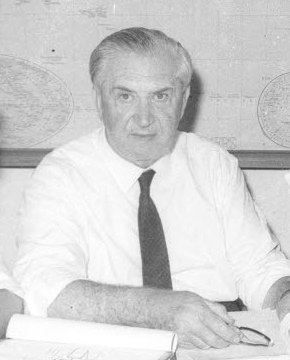Rocket engines
At the same time that Walter was developing submarine engines, he was also applying his ideas to rocketry. The high-pressure gas mixture created by the rapid decomposition of hydrogen peroxide could not only be used in a turbine, but if simply directed out of a nozzle, created considerable thrust. Wernher von Braun's rocketry team working at Peenemünde expressed interest in Walter's ideas, and in 1936 began a programme of installing Walter rockets into aircraft. The experimental results obtained by von Braun created interest among Germany's aircraft manufacturers, including Heinkel and Messerschmitt, and in 1939, the Heinkel He 176 became the first aircraft to fly on liquid-fuelled rocket power alone. This type of engine went on to become the cornerstone of the Messerschmitt Me 163 rocket-powered fighter, when married to Alexander Lippisch's revolutionary airframe design. Throughout the course of World War II, Walter's aircraft engines became increasingly powerful and refined. The original design of simply decomposing hydrogen peroxide was soon changed to its use as an oxidizer (much like dinitrogen tetroxide would be used later) when combined with a hydrazine/methanol true rocket fuel designated C-Stoff, into the hot, high-pressure gases, and in later, never-deployed developments, a second, 400 kg (880 lb) thrust "cruising" combustion chamber, nicknamed a Marschofen, was added below the main chamber to allow for more precise control of the engine. Versions of this engine were intended to power a variety of aircraft design proposals and missile projects and was also licence-built in Japan (see HWK 109-509).
Another Walter engine was used to assist heavily laden aircraft to take off (JATO or RATO). When the rockets' fuel had run out, they would separate from the aircraft and return to the ground by parachute for refurbishment and re-use (see Walther HWK 109-500).
In 1945, Walter was awarded the Knight's Cross for his wartime service. Walter was captured by a British Army unit named T-Force following a 60-mile advance behind German lines to prevent his research falling into the hands of the advancing Russians. His factory was then investigated by 30 Assault Unit, a unit of Royal Marines which had been established by James Bond author Ian Fleming.
